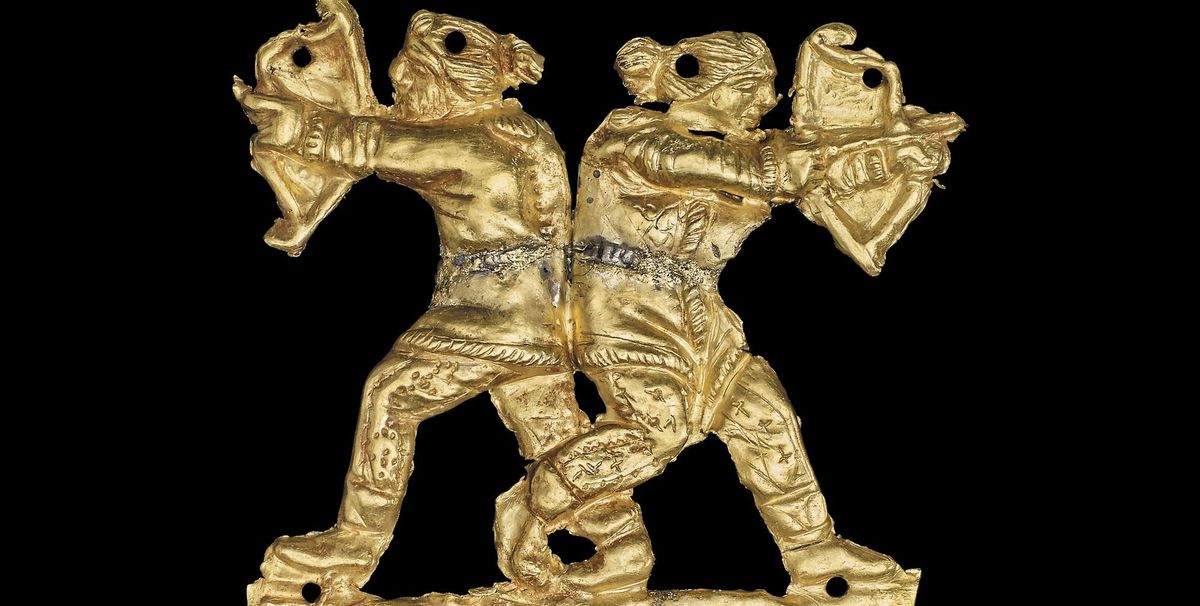The British Museum is planning a major exhibition on the Scythians in September with loans from Russia, including gold jewellery. Although few details have been released, the State Hermitage Museum will lend 200 objects.
The Scythians, one of the great nomadic civilisations of antiquity, dominated a huge area of what eventually became the Soviet Union, stretching from Siberia to the Black Sea. Their empire was at its height from the seventh to third centuries BC. The Hermitage loans will include gold items excavated in tombs in Russia and Kazakhstan. Although important material was excavated in Ukraine, this is unlikely to be coming, to avoid political and legal complications in the wake of Russia’s occupation of Crimea in 2014.
The British Museum exhibition is being curated by St John Simpson of the Middle East department. Informal discussions on the Scythian loans began some years ago, with the formal agreement being made after the Parthenon sculpture Ilissos (around 438-432 BC) was lent to St Petersburg in January 2014. The historic decision to lend one of the Marbles may well have smoothed the way for the Scythian treasures. A British Museum spokeswoman says there was no quid pro quo and “the two museums have a long-standing relationship, of which the loan of Ilissos is but one example”.
• Treasures of the Scythians, British Museum, London, 14 September-12 January 2018


